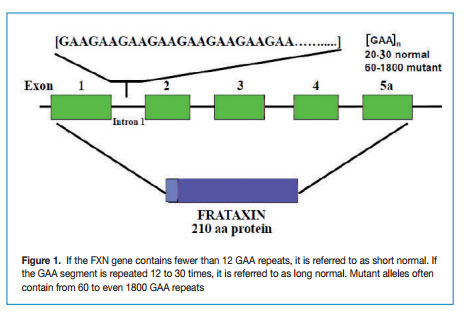Breast Cancer awareness
by Charmaine Gauci
The incidence of breast cancer is rising among women in many European countries, affecting up to 1 in 16 women and has become the most common cause of cancer in European women. In Malta breast cancer is the commonest oncological cause of death in females. In fact 5.2% of all deaths in females in 2010 was from breast cancer.
The most common breast cancer statistic you have probably heard is that “1 in 8 women will develop breast cancer in their lifetime.” What it should really read is “If everyone lived beyond the age of 70, 1 in 8 of those women would get or have had breast cancer.” This statistic is based on everyone in the population living beyond the age of 70. Since breast cancer risk increases as you age, your lifetime risk changes depending on the age. The American Cancer Society has estimated the risk per age group as follows:
Age 20-29: 1 in 2,000
Age 30-39: 1 in 229
Age 40-49: 1 in 68
Age 50-59: 1 in 37
Age 60-69: 1 in 26
Ever: 1 in 8
Apart from age, other risk factors for breast cancer include factors related to parity, reproductive history, endogenous and exogenous hormones, breast density, previous history of neoplastic disease, family history, body weight, physical inactivity and consumption of fat.
As in many countries, cancer is rapidly gaining public health importance in Malta. It is encouraging to know that the major types of malignancies in our population are either preventable or curable if detected early. The World Health Organisation has suggested that two components of early detection have been shown to improve cancer mortality:
- Education – to help people recognize early signs of cancer and seek prompt medical attention for symptoms;
- Screening programs – to identify early cancer or pre-cancer signs before these are recognisable, including mammography for breast cancer.
Appropriate attention must also be given to rehabilitation and palliative care. Primary prevention here refers to promotion of healthy lifestyles, especially with regards to a diet that is rich in fruits and vegetables and low in saturated fats. promotion of physical activity and maintaining a healthy weight, whereas secondary prevention refers to early detection and treatment. The dire consequences of breast cancer can be significantly reduced if these diseases are detected early, when effective treatment can considerably improve life expectancy.
October is pink to remind people of the importance of raising awareness on breast cancer during which the Health Promotion and Disease Prevention Directorate will launch a campaign with the collaboration of NGOs on breast cancer awareness.
Professionals who would like a copy of the material are kindly asked to call on 23266000 or email healthpro@gov.mt
|
The European Code against Cancer is a key prevention tool, based on scientifically proven evidence. Certain cancers may be avoided – and health in general can be improved – by adopting a healthier lifestyle:
|
References
American Cancer Society Breast Cancer Facts & Figures, 2005-2006
European Code Against Cancer
2010 National mortality register, Health Information and Research
Bibliography
- Breast Cancer facts and figures, American Cancer Society. 2005-2006.
- European Code against cancer and scientific justification. Association of European Cancer Leagues. 2003..
- National mortality register, Department of Health Information and Research. 2010.


